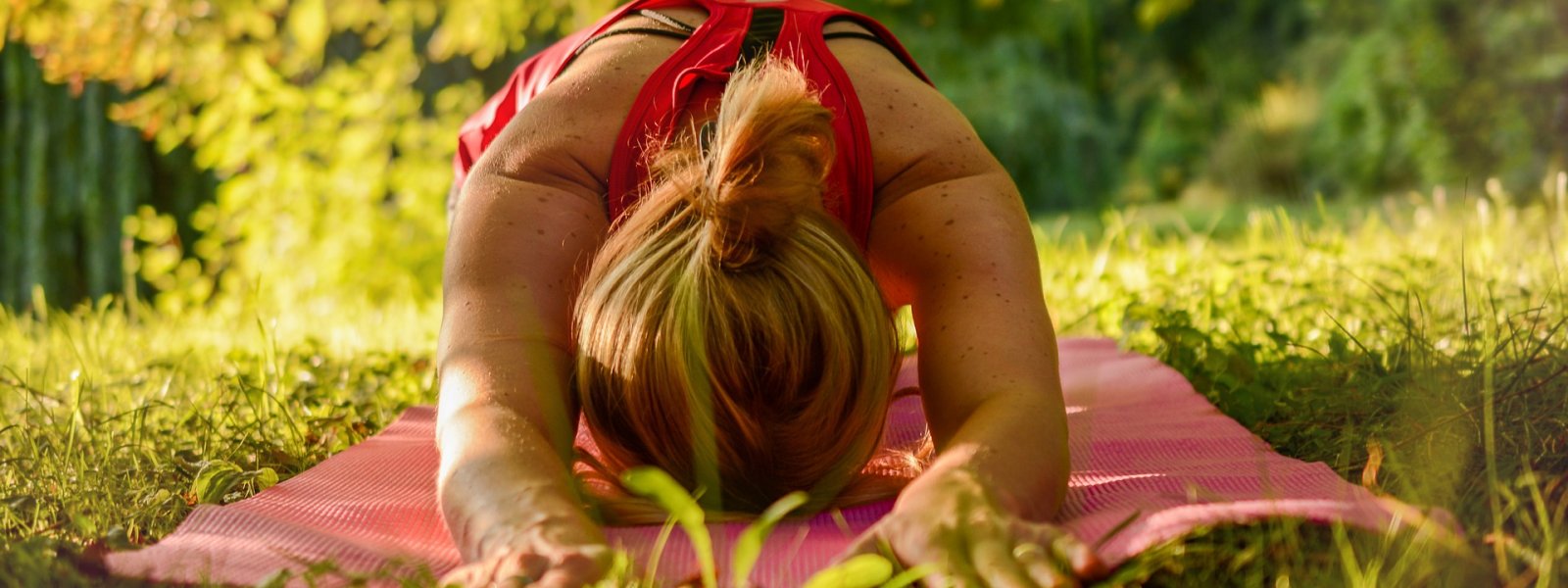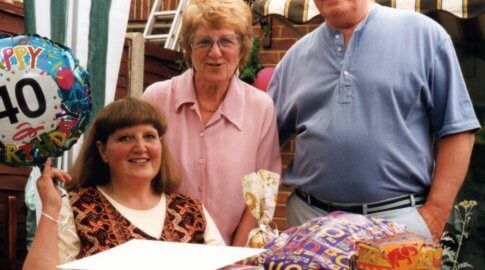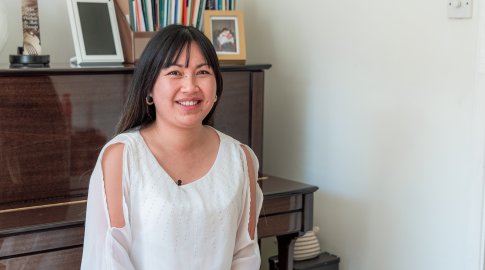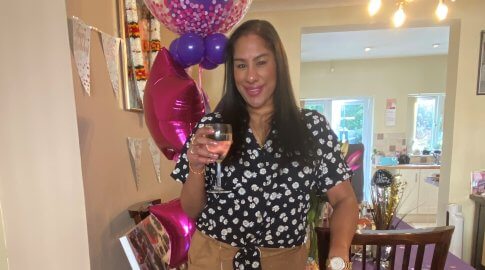A beginner’s guide to yoga
Jacqui Payton is the joint owner of Cocoon yoga and wellbeing studio in Holmfirth, West Yorkshire. She trained at the Devon School of Yoga and describes her style as an ‘eclectic blend of hatha yoga and mindful movement, with a strong emphasis on the use of breath’. She is also a restorative yoga trainer and a member of the Independent Yoga Network. Here, she gives her tips for practising yoga.
“If you’re just starting out, remember to ‘start where you are’. Work with your own body and don’t try to push against it – particularly not comparing yourself to anyone else. Yoga is not a competitive sport.
During your class, develop an awareness of what your body is telling you and then listen to it and follow its wisdom. Your body will know what it likes and dislikes. Everybody is different and your body may want different things on different days. Yoga is about deepening your connection to your body and mind. Use the breath at all times – it will let you know if you are going too far or too fast. If it becomes strained or ragged, draw back and slow down. Aim for deepening the breath. In our stressful daily lives our breathing tends to be shallow. To help us relax and draw ourselves into the great effects of the parasympathetic nervous system, allow the breath to deepen and lengthen.
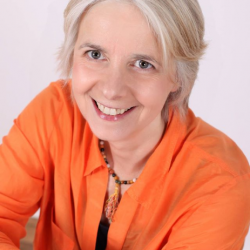
Anyone can do yoga. I have students who sit in a chair for the whole session, but they still get maximum benefit from moving the joints through the full range of movements, using the muscles and stretching out.
Jacqui payton
The mental and emotional benefits of yoga cannot be overstated. With the help of the breathing exercises and the mindful moving, the mind is taken away from the stresses of everyday life and into the realm of pure moment-by-moment awareness. You let the past and the future go and come into the present moment.
It’s always good to find a teacher you like and can relate to – we’re all different and I try not to take it personally if someone doesn’t stick with me. Then you’ll feel more comfortable about talking things through with them, expressing any difficulties or issues and setting goals with their support. Try to set up a short home practice so that you can continue your yoga between lessons. Have your mat or chair set up all the time if you have space at home, as a visual reminder to do it. Maybe play some relaxing music and always start with being still and silent while you tune into your body and breath. Maybe try to remember a short sequence of postures or movements so that you don’t have to think too much – it becomes automatic. If it’s manageable you’ll do it and stick with it.
Remember that yoga isn’t all about the body. Meditating can be even more beneficial for some people, just learning some breathing practices (and there are plenty of them to help in lots of different ways), or relaxing can all be equally and for some people even more important.
Try the gentler, and in some ways more powerful, practices such as restorative yoga to help with relaxing the mind as well as the physical body. Deep relaxation is something we tend to forget our body needs as much, and sometimes more than, physical movement.”
